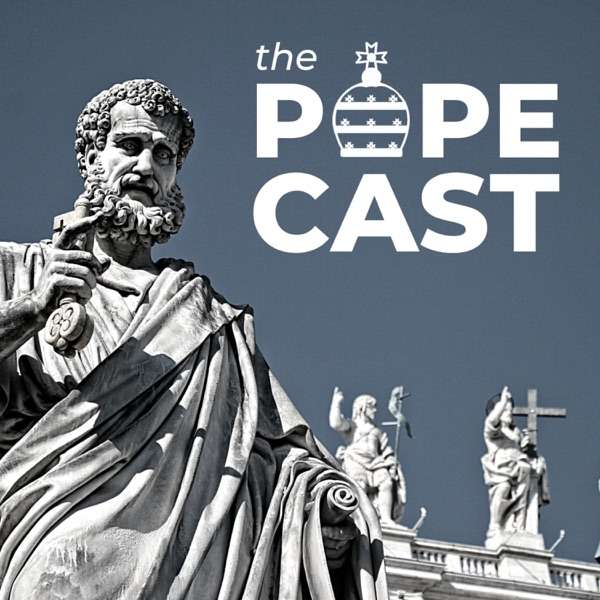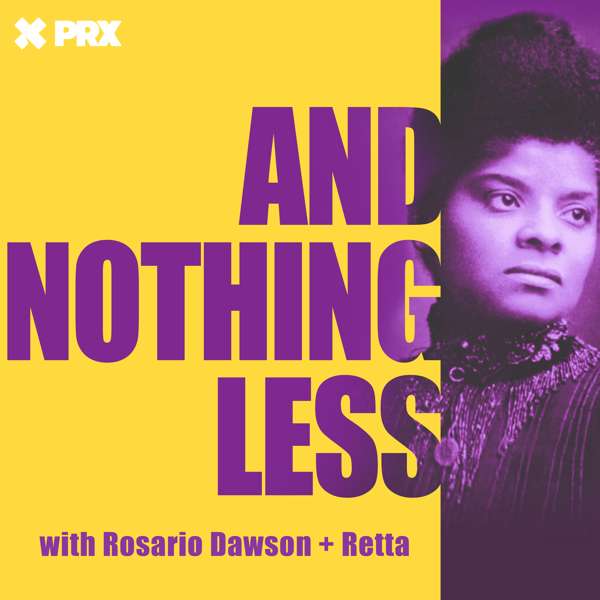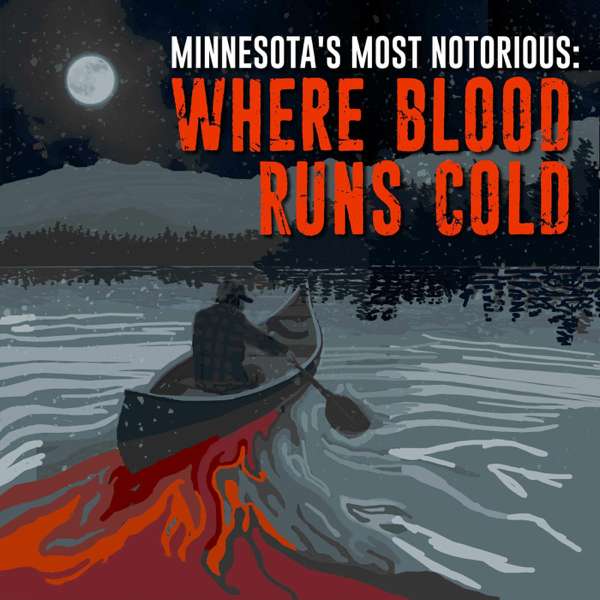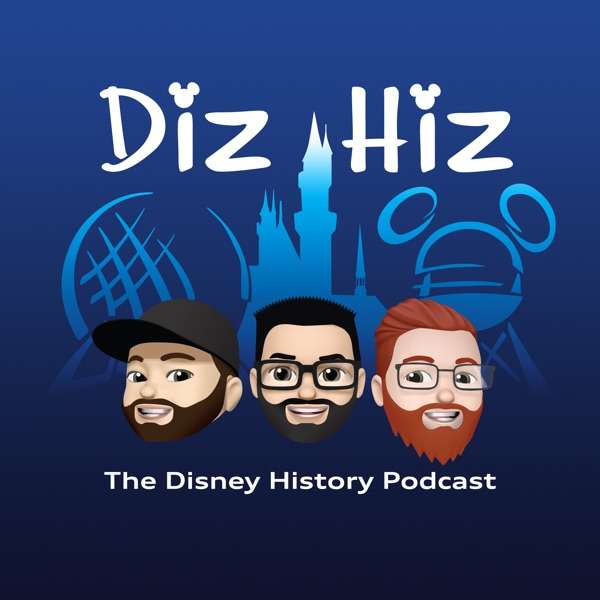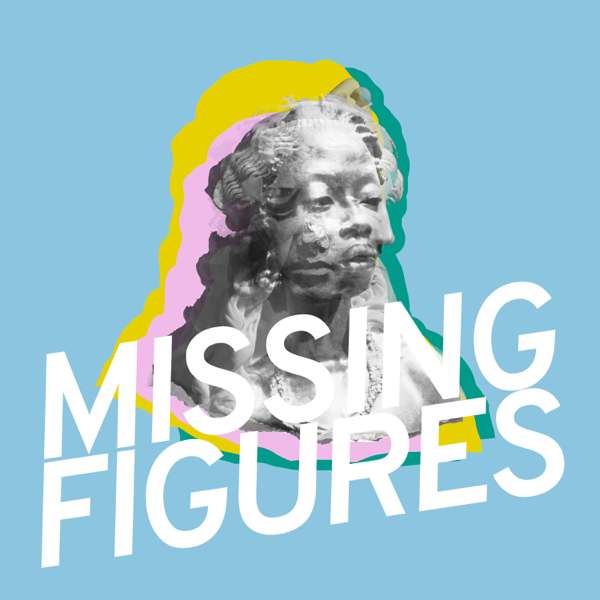The Slovakian Working Group was likely the most heroic attempt at Jewish rescue during the Holocaust. Dealing directly with the SS and their Slovak collaborators, members of the Working Group bribed the perpetrators, smuggled goods and Jews across borders and disseminated information regarding the development of the Final Solution to Switzerland and Hungary.
Representing the full gamut of Slovakian Jewry, the Working Group included Gisi Fleischmann of the Zionist movement who was also a representative of the Joint Distribution Committee, Rav Michoel Ber Weissmandel who represented the Orthodox community, the Zionist leader Dr. Oskar Neumann, the Neolog rabbi Armin Freider, and the assimilationists Dr. Tibor Kovac and Andrej Steiner. Together they formulated ever daring plans to save Jews. Though most of their plans didn’t come to fruition, their heroism stands as the most daring attempt to save Jewish lives during the Holocaust.
To dedicate an episode in the Jewish History Soundbites ‘Jewish Saviors of the Holocaust’ series, please contact Yehuda at yehuda@yehudageberer.com
With Tisha B'Av approaching, check out Aleph Beta's collection of inspiring Tisha B'Av videos. Rabbi David Fohrman, founder of Aleph Beta, explores some of the most beloved Tisha B'Av texts to discover the deeper meaning and relevance of the day.
And for a limited time only, our listeners get $18 off an annual Aleph Beta membership, which will give you access to all the Tisha b’av videos plus hundreds more on parsha and the other holidays. Go to Aleph Beta and enter coupon code Soundbites22 for $18 off an annual premium membership.
For sponsorship opportunities about your favorite topics of Jewish history contact Yehuda at: yehuda@yehudageberer.com
Subscribe To Our Podcast on:
PodBean: https://jsoundbites.podbean.com/
Follow us on Twitter or Instagram at @Jsoundbites
You can email Yehuda at yehuda@yehudageberer.com

 Our TOPPODCAST Picks
Our TOPPODCAST Picks  Stay Connected
Stay Connected


